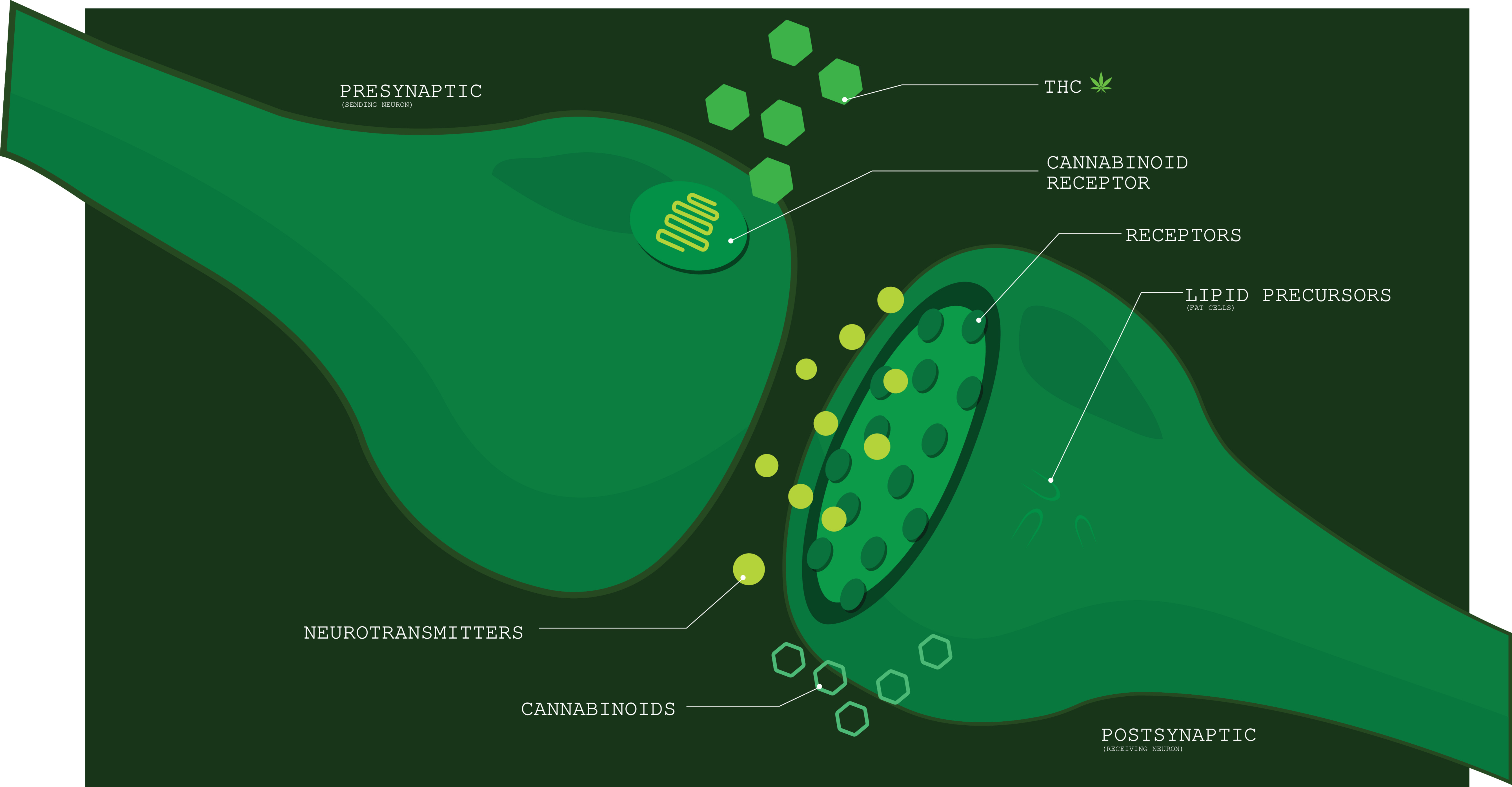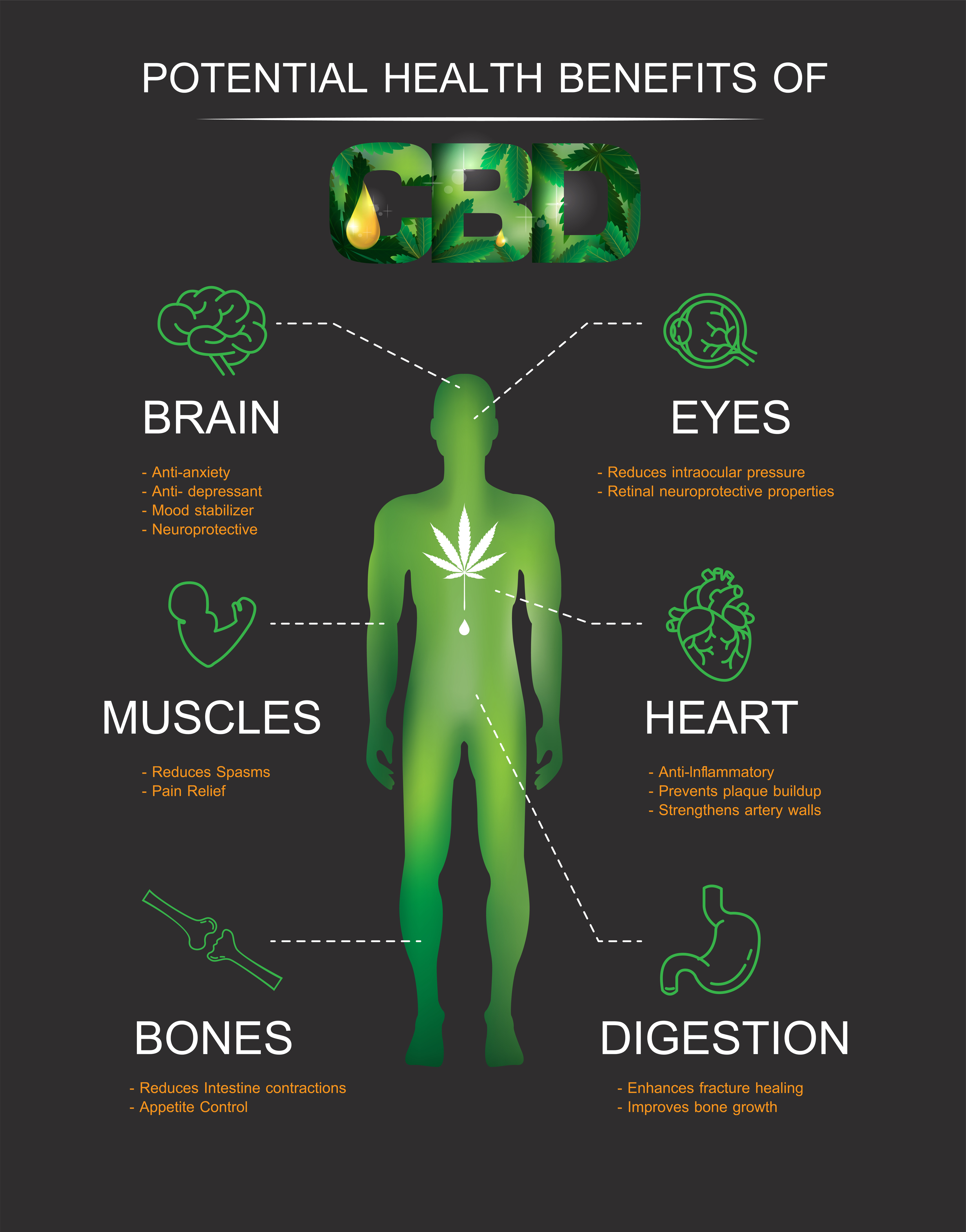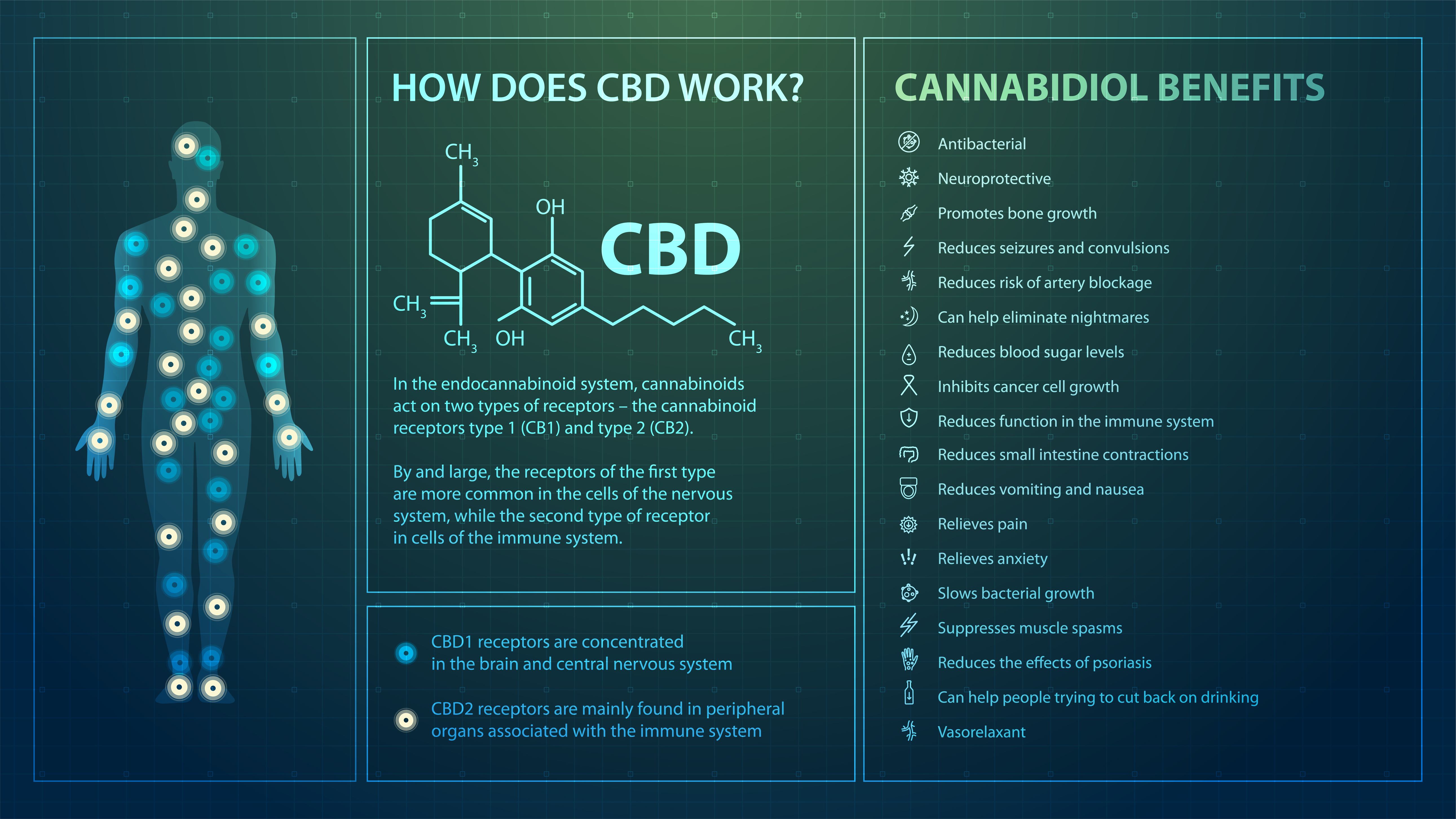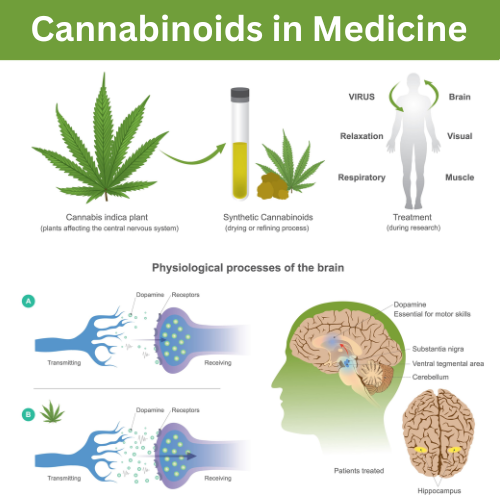Hemp Education
Learn About Hemp



Botanically, hemp and marijuana are from the same species of plant, Cannabis sativa, but from different varieties or cultivars.
While marijuana generally refers to the cultivated plant used as a psychotropic drug (whether used for medicinal or recreational purposes), hemp is cultivated for use in the production of a wide range of products, including foods and beverages, personal care products, nutritional supplements, fabrics and textiles, paper, construction materials, and other manufactured and industrial goods.
Hemp and marijuana also have separate statutory definitions in U.S. law.
Cannabis has potential anti-inflammatory properties that could be beneficial in treating chronic pain, inflammation, and even neurological disorders.
Studies have suggested that cannabis may be effective in treating certain mental health conditions, such as depression, anxiety, and post-traumatic stress disorder.
Cannabis may be beneficial in the treatment of certain cancers, as some studies have shown that it can inhibit the growth of certain tumors.
Cannabis may also be beneficial for people with epilepsy, as it has been shown to reduce the severity and frequency of seizures.
Cannabis may have neuroprotective properties that could help protect the brain from degenerative diseases such as Alzheimer's and Parkinson's.
The Endocannabinoid system is a complex network of receptors found in the brain and throughout the body responsible for regulating a variety of physiological processes.
The Endocannabinoid system plays a role in regulating pain, inflammation, appetite, mood, and memory.
The Endocannabinoid system works by producing its own cannabinoids, called endocannabinoids, which interact with cannabinoid receptors in the body to regulate different biological processes.
Cannabinoids from cannabis, known as phytocannabinoids, are similar to endocannabinoids and can interact with the Endocannabinoid system to produce various effects.
Research into the Endocannabinoid system is ongoing and has led to the development of various treatments for a variety of conditions, including pain, inflammation, and neurological disorders.








